Summary: Bea and the New Deal Horse
It’s the 1930s, and Bea wakes up in a hayloft to a note from her dad, who’s abandoned her and her little sister Viv to a family friend they’ve never met. There, Bea works hard to be helpful to Mrs. Scott, in the hopes that the farm owner will keep her and her sister forever. She also forms a bond with a wild horse on the farm, which may just be the key to keeping the failing farm afloat.
The Good
I loved this book for so many reasons. First, Bea is such a dynamic character with plenty of gumption and grit. I loved watching her take charge and make the best of the blow life had dealt her and her sister. If you’re looking for a book with a good role model who is still flawed, Bea is a perfect choice. She’s industrious and brave but also makes several mistakes in this story that will endear her to readers.
When I read historical fiction, I enjoy seeing depictions of life during the stipulated time period, and this book does that wonderfully. Readers will be immersed in the Great Depression period, learning about President Roosevelt’s promise of a new deal, the treatment of WWI veterans, the ways communities supported each other during that time, and even the racism faced by African Americans.
Other elements I enjoyed were Bea’s relationship with her sister, Viv, the mystery behind Mrs. Scott’s strained relationship with her daughters, and the friendship between Mrs. Scott and her workers. Finally, as seen on the cover, a major plot point is Bea’s connection with the horse mostly known as “the chestnut.” There’s plenty to thrill readers in the riding scenes, and as readers see the parallels between Bea and the chestnut, they’ll have tons to discuss about the animals in their own lives and horse trivia, too.
Content Notes
Here are some specifics to know about the content.
Content Warnings
- Death: None on the page, but Bea’s mother died when she was younger
- Sexual content: None
- Language: None
- Religious content: Bea’s sister Viv enjoys using an Ouija board for fun (on two occasions), but no actual spiritual or supernatural elements in the story
- Violence: Bea and another character sustain minor injuries during horseriding
Diversity
- Sexual orientation: None
- Ethnic: A couple of Black characters mentioned
Recommended for Ages: 9+
Good for Kids Who Like:
- Historical fiction
- Horse books
- Stories about courage
- Books about overcoming adversity
- Feel-good stories
Sample Discussion Questions for Bea and the New Deal Horse
- PRE-READING: Read the jacket summary. What time period does this book take place and what do you already know about it? What was life like in the United States during the period when this book is set?
- CHAPTER 3, p. 30: “Clearly, he was an optimist. So a potential fool,” Bea observes about the stable hand. Do you think optimism is foolish?
- CHAPTER 18, p. 206: How did penny auctions help farmers in the Great Depression? Why did everyone have to “be in on it” for penny auctions to be successful?
- CHAPTER 30, p. 359: Bea ends the novel with the phrase, “a new family, a new deal.” What do you think she is referring to? Why do you think the author set her book during this time period?
- REFLECTION: Bea asks whether stubbornness is all bad. What do you think? Are there advantages to being stubborn?
If you’d like to use this book in the classroom or for a book club discussion, you need our full discussion guide for Bea and the New Deal Horse for $12! This guide is practically a novel unit with over 50 vocabulary words, questions for nearly every chapter, lots of extension activities, and curriculum connections to use in the classroom.
Publisher Details
Buy This Book
More Book Reviews
- Orphan Eleven by Gennifer Choldenko
- Farewell Cuba Mi Isla by Alexandra Diaz
- I Am Kavi by Thushanthi Ponweera

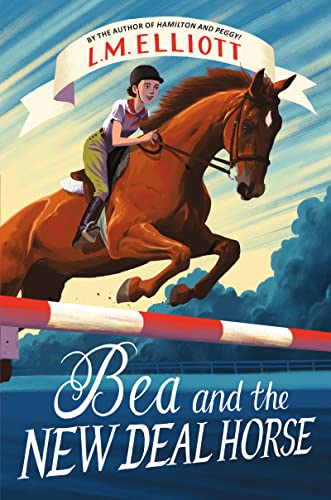

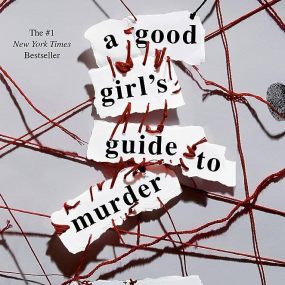

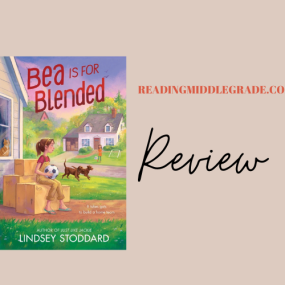


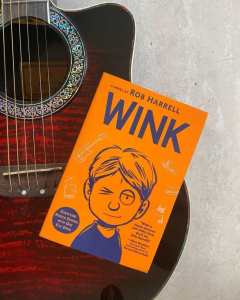

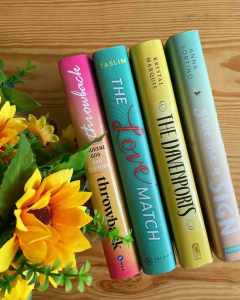
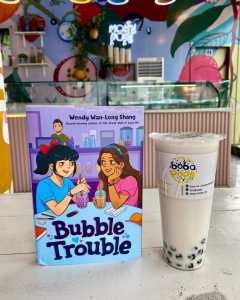


What do you think? Leave a comment